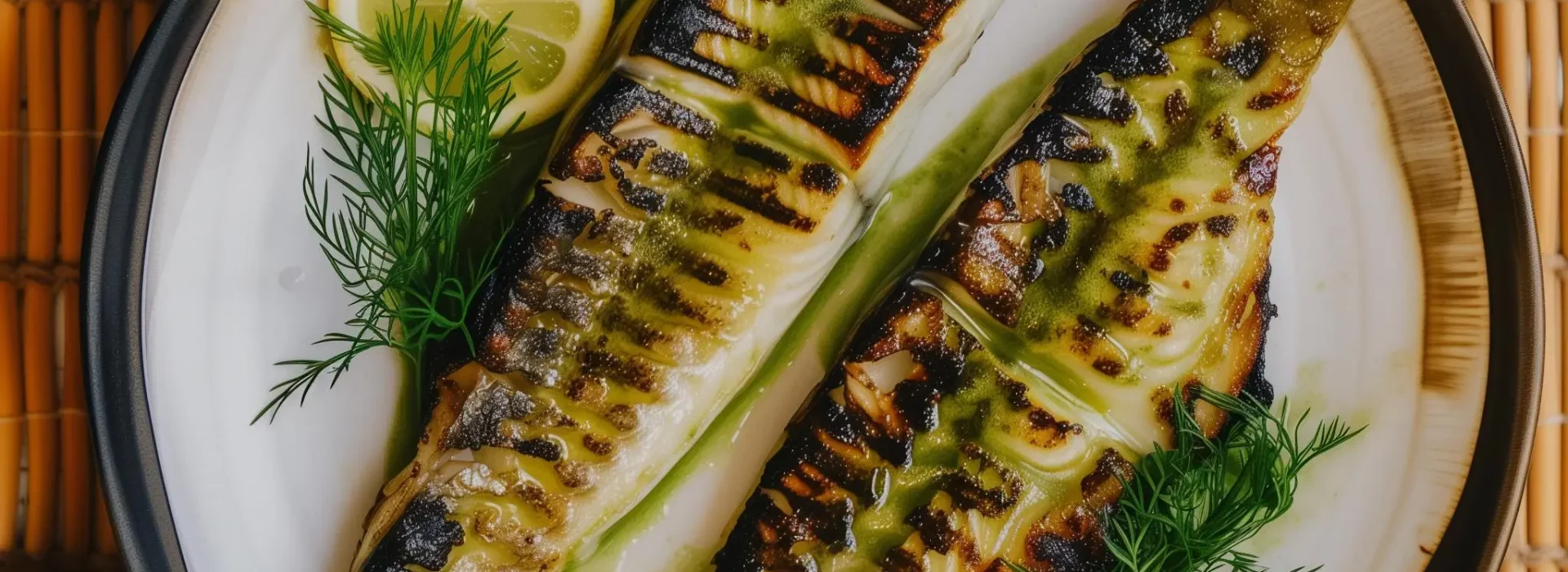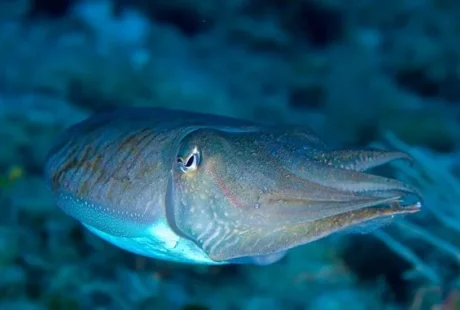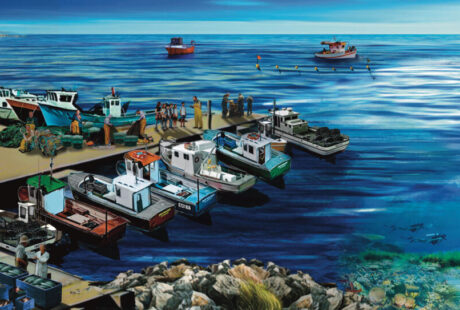Seas At Risk reveals a sobering reality in European seafood consumption. According to an analysis carried out by Seas At Risk (1), as of today [16 May], the European Union has theoretically exhausted its domestic seafood production for the year and from now until the end of 2025 will rely on imported fish and other seafood products from around the world. For this reason, the date of today is also known as the EU’s “End of Fish Day”.
Anne Seidler, Marine policy officer at Seas At Risk said: “The “End of Fish Day” in the EU serves as a stark reminder of the urgent need for sustainable fishing practices and mindful consumption. Protecting the ocean is primarily a political task but individuals can also make a difference. We encourage European consumers to reduce their fish intake and make more conscious choices to protect our marine ecosystems for us and future generations.”
European appetite for seafood is deeply linked to high costs for marine ecosystems. Overfishing poses the most significant threat to fish populations. European seas are affected by high overfishing levels of 50% in the North-East Atlantic Ocean and Baltic waters, and over 90% in the Mediterranean and Black Seas, making them the most overfished seas in the world. Moreover, marine ecosystems also suffer from the destruction of their habitats due to harmful fishing practices damaging the seafloor, reducing its carbon-storage capacity and causing a high number of incidental catches of dolphins and other mammals.
While the EU has a high demand for aquatic food, with annual per capita consumption of around 23,51 kg (2), its self-sufficiency is only around 37,5% and it is far from able to meet its seafood requirements from its own seas. The EU’s dependence on imported fish increased in the past to the highest point in the last decade. With over 90% of the world’s fish populations exploited at or beyond their maximum sustainable levels (3), the EU’s demand for fish and its reliance on imports merely shifts the problems of overfishing and habitat destruction to other regions of the world, where local communities rely on seafood for their sustenance. Not only does this practice worsen the degradation of marine environments and illegal, unreported, and unregulated (IUU) fishing, but it also contributes to the unequal distribution of aquatic food resources. While millions of people outside the EU depend on aquatic food for their livelihoods and as a primary protein source, the EU’s consumption exceeds the levels recommended by the World Health Organization and the global average (4).
European consumers can make a significant contribution to safeguarding marine biodiversity. Rather than systematically opting for the usual farmed salmon, consumers could not only reduce their seafood consumption but also choose a wider array of regional and sustainable seafood options, including plant-based alternatives.
NOTES TO EDITORS:
- – Methodology: The analysis uses the most recent data from 2022 from the EU fish market report, 2024 edition. The focus was exclusively on food use, including aquaculture and fisheries. EU production (3,93 mln tonnes) / apparent consumption (10,48 mln tonnes) = self-dependency (37,5 %). 365 days x 0,375 = 136 days which is the 16th of May.
- EU’s seafood consumption per capita in 2022 was 23,51 kg, compared to the world average 19,7kg.
- Food and Agriculture Organization of the United Nations (FAO) (2020). The State of World Fisheries and Aquaculture 2020. Sustainability in action. Rome.
- The WHO’s recommendations of seafood consumption is 15,6kg on average per capita per year.
Posted on: 16 May 2025


